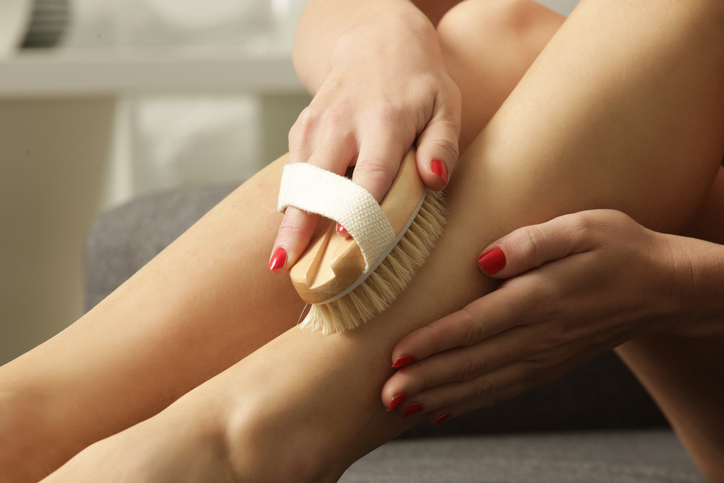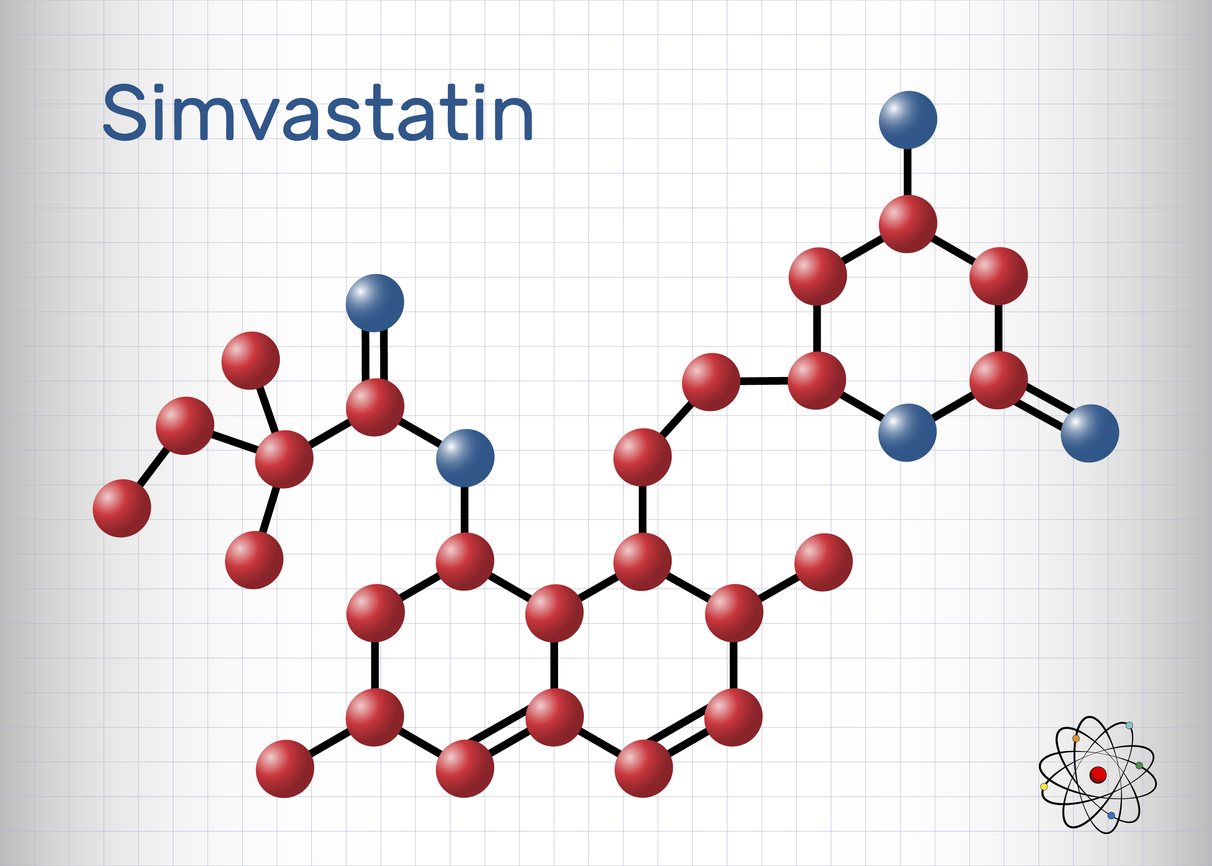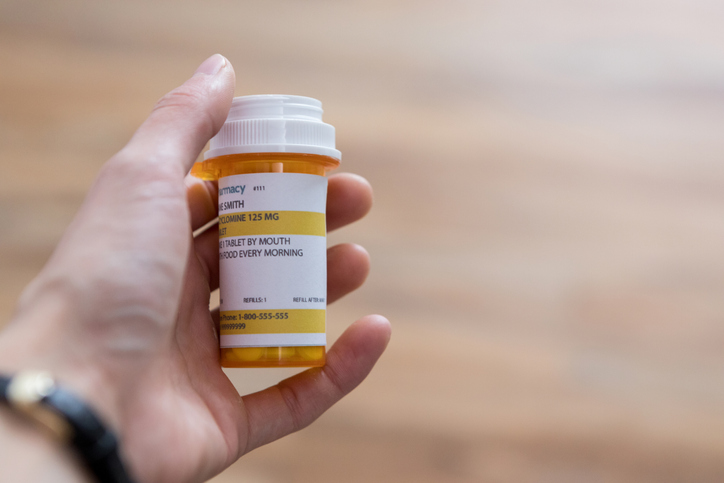Pain
Stages of Complex Regional Pain Syndrome (CRPS)

What is complex regional pain syndrome (CRPS)?
Complex regional pain syndrome (CRPS), also called reflex sympathetic dystrophy syndrome (RSDS), is a type of chronic pain condition. It typically occurs after an injury and affects one limb (arm, leg, hand or foot). Though complex regional pain syndrome is not yet completely understood, it is believed that CRPS develops when the central or peripheral nervous system is damaged or malfunctions. It may also be caused by an immune system response.
What are the triggers of complex regional pain syndrome?
CRPS is usually triggered by a major trauma, such as a fracture or amputation, but it can be triggered other ways, too:
- Surgery
- Heart attack
- Stroke
- Infection
- Sprain or strain
- Soft tissue or nerve injury
- Immobilization of a limb (such as using a splint or cast)
What are the stages of complex regional pain syndrome?
The severe pain with CRPS seems disproportionate to the initial injury or medical condition. CRPS usually follows three stages of development:
Stage one
This stage usually lasts as long as one to three months and can include the following symptoms in the affected limb:
- Severe burning or aching pain
- Skin temperature changes (clammy, cold or sweaty skin)
- Skin color changes (mottled, red, blue or pale)
- Skin texture changes (thin, shiny or tender)
- Sensitivity to touch (allodynia) [insert link to allodynia] and temperature
- Muscle tremors, spasms or jerks
- Swollen and stiff joints
- Rapid hair and nail growth
Stage two
Stage two typically lasts three to six months. As time passes, symptoms progress. The skin keeps changing and nails become hard, brittle and easily cracked. Pain intensity increases as joints considerably stiffen and swell and muscles weaken. The pain may also spread throughout the limb or to an unaffected limb. Hair growth also slows down during this stage.
Stage three
This stage is known as the chronic phase and can develop up to a year after the initial onset of the condition. This stage can last for many years and even become permanent. Pain intensity may be intermittent or remain constant. The skin is typically dry, pale, cool and shiny at this stage. Atrophy can develop, leading to loss of function of the affected limb. In extreme cases that are located in the upper extremities, developing a frozen shoulder or a claw hand is a possibility.


















